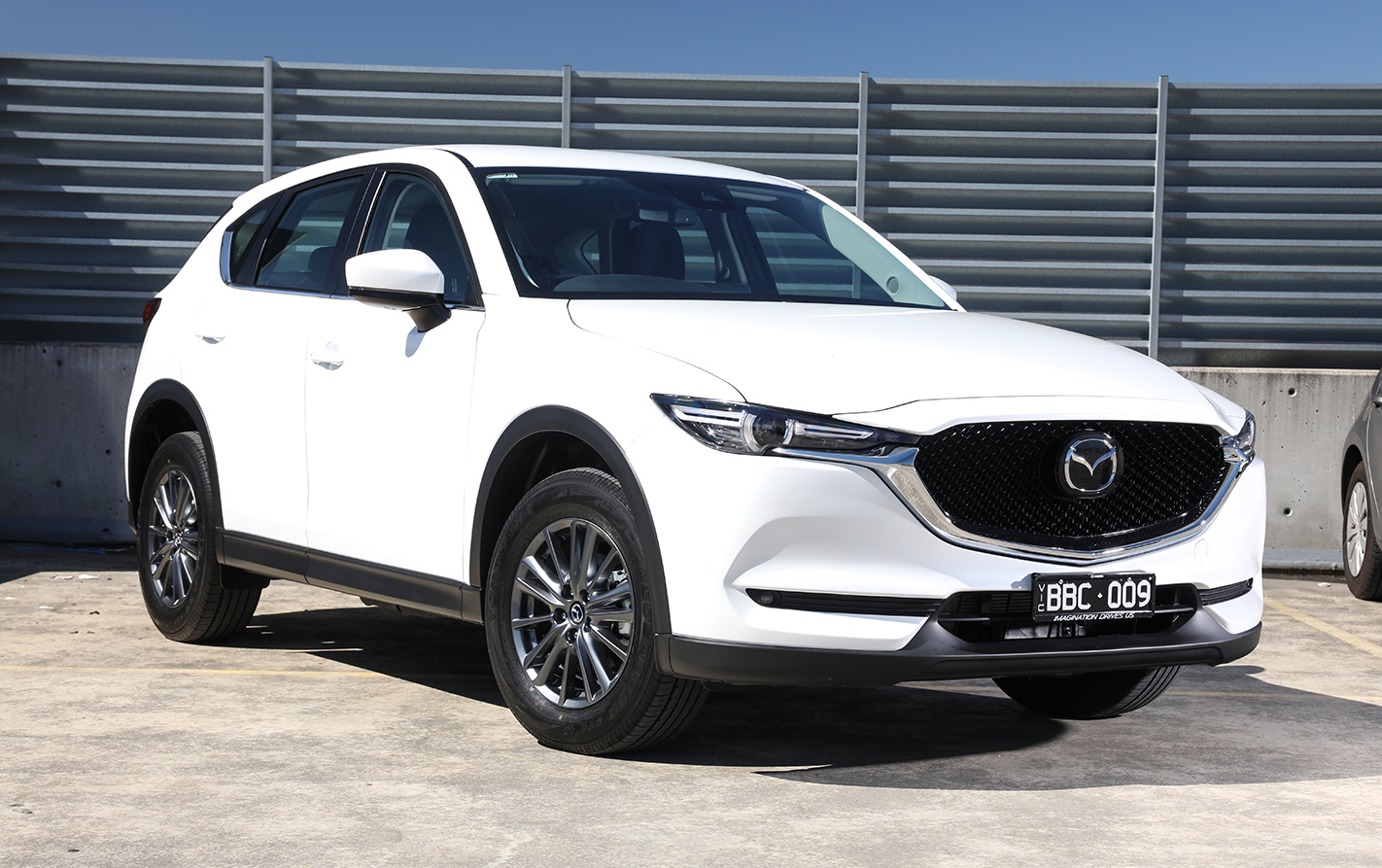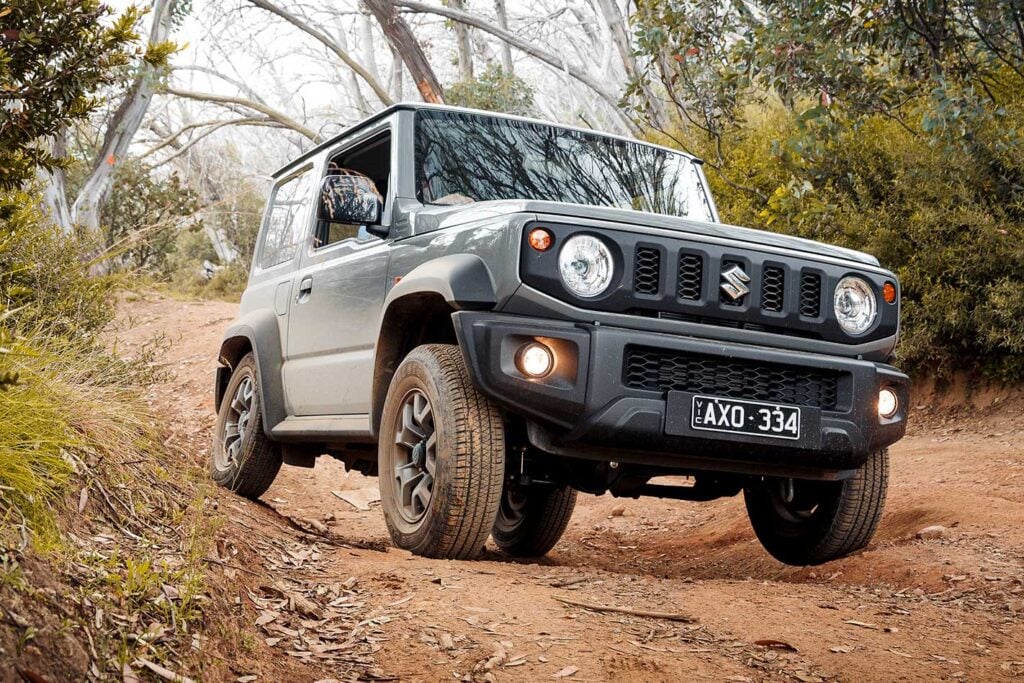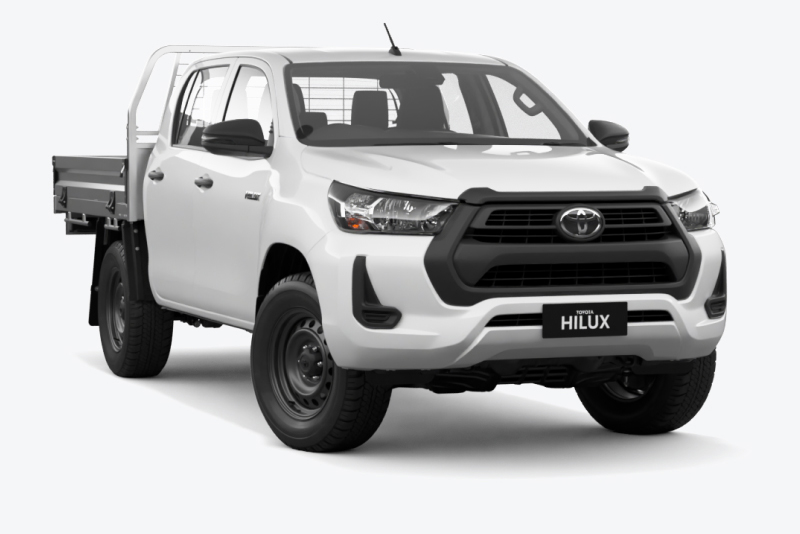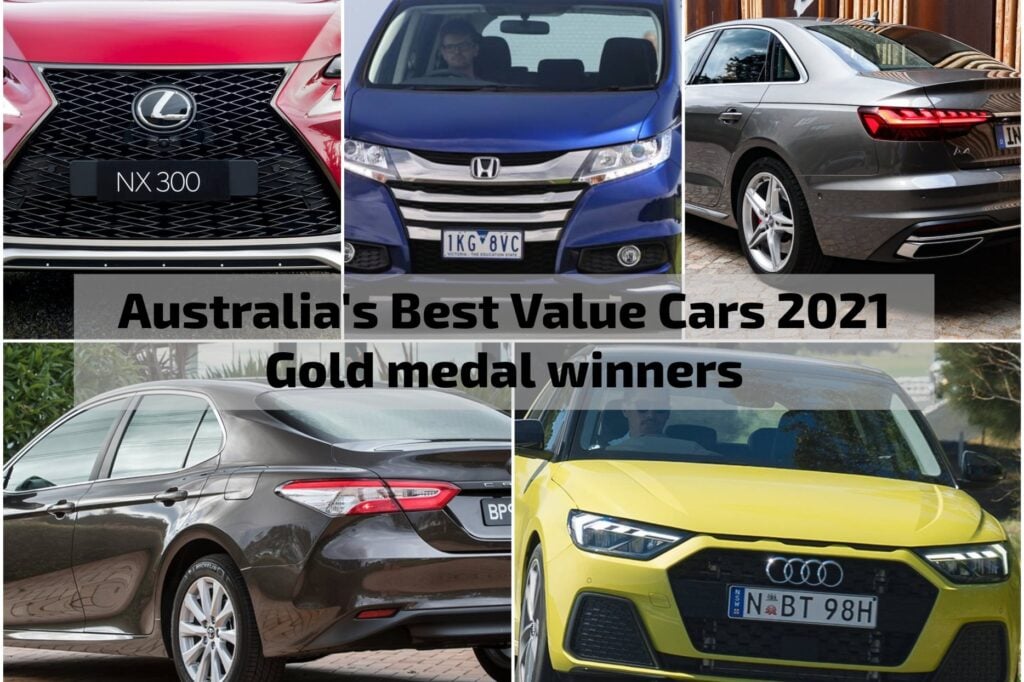
There are thousands of individual vehicle models on sale in Australia and determining which one represents the best value for your money is not easy.
That’s where we come in. Australia’s Best Value Cars crunched all the data then fed the results through the crucible of our exacting road test program to come up with the best value cars in every category.
Cars we recommend. Cars we would buy if we balance what the heart wants with what the head needs.
We’ve divided the field into 14 different vehicle categories, highlighting the top three vehicles in each based on purchase price, value, ownership costs, insurance and servicing costs, fuel economy, resale value and more.
We have also included our road testing scores, to weed out the driving duds from the studs. And we’ve included the data so if your priorities differ from ours you can reach your own conclusion.

It’s a mammoth job, all done to reveal the best value cars in Australia.
Jump to
- Light/City Cars
- Small Cars
- Budget luxury cars
- Family Cars
- Small SUVs
- Five-seat SUVs
- Seven-seat SUVs
- Premium SUVs
- Prestige cars
- Kid Carriers
- Dual-Cab 4x4s
- Off-Road 4x4s
How Australia’s Best Value Cars Works
Our exhaustive analysis starts with working out which models fit into which category and then establishing which variant of that model’s range will fare best.
Typically it’s the more affordable variants, but hybrids can overturn that assumption; cheaper running costs and stronger predicted resale value can make them better value overall, as our results reveal.
THE BASICS
The intensive assessment starts with the basics of each car, including how much it costs. For simplicity and to better represent consumer tastes we’ve chosen auto transmissions where available, given they are the preference for the vast majority of buyers (affordable sports cars are a rare exception, with manuals still popular).
We then turned to industry expert Redbook for an estimate of what each car would be worth after five years of ownership.
Expressed as a percentage, that residual estimate gives us an idea of how much less that car will be worth after an average period of ownership. It’s an important and very influential figure; that lost value is the single biggest cost of owning a new car.
COSTS
From there we look at running costs calculated over five years and 75,000km, assuming an average 15,000km travelled each year.
Fuel costs account for cars running on more expensive premium unleaded; $1.44 per litre versus $1.25 for regular; diesel was calculated at $1.14/litre at the time of publication. We’ve even included electric cars, assuming a kilowatt-hour rate of 29c.
Insurance costs were calculated using Budget Direct’s online tool for a 35-year-old rating one driver living in Chatswood, Sydney.

However, the company doesn’t cover all cars, so in some cases we leant on NRMA to ensure we had an apples-for-apples comparison within individual categories.
Servicing costs were determined using online calculators for the first five years or 75,000km, mostly covering capped price servicing. We also consulted individual brands for more detailed estimations where online figures weren’t published. For those without clear indications of service pricing we used high-end estimates for genuine parts and labour.
As for warranty, it wasn’t factored into these calculations, at least not directly. Cars with a warranty that exceeds the five years we performed these calculations over will be rewarded with superior resale values.
All prices and data correct as of December 1, 2020



